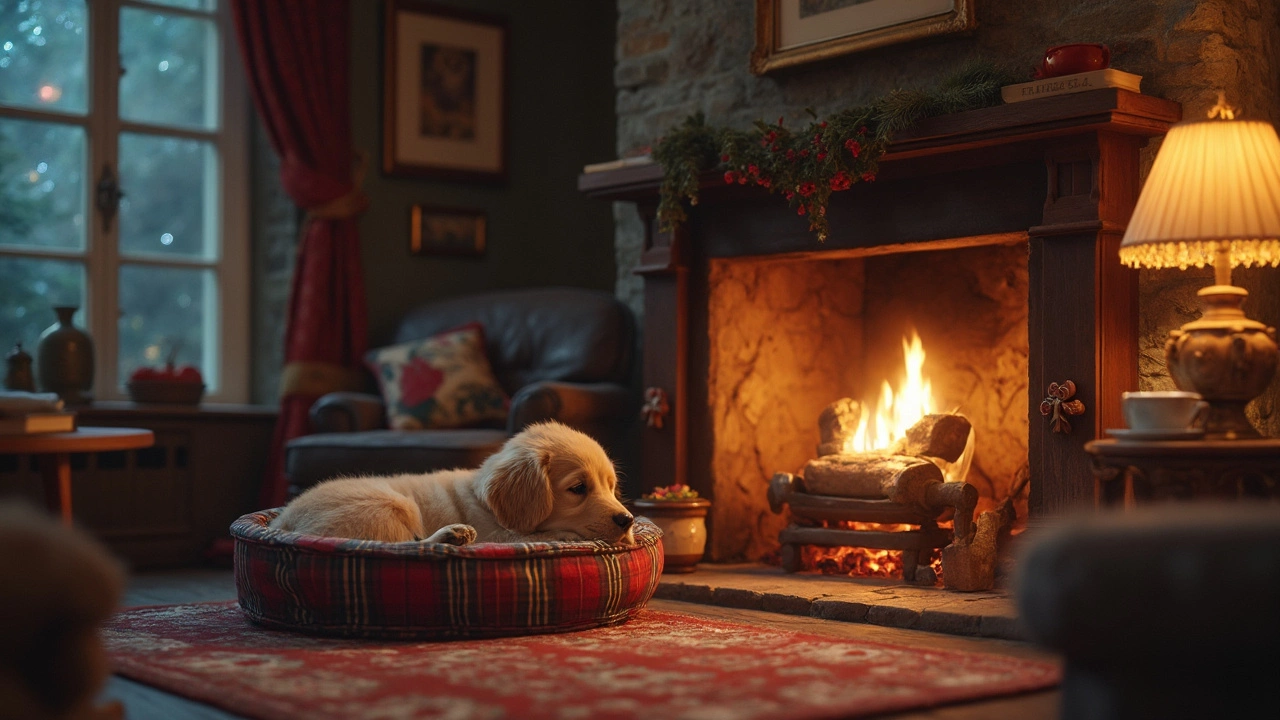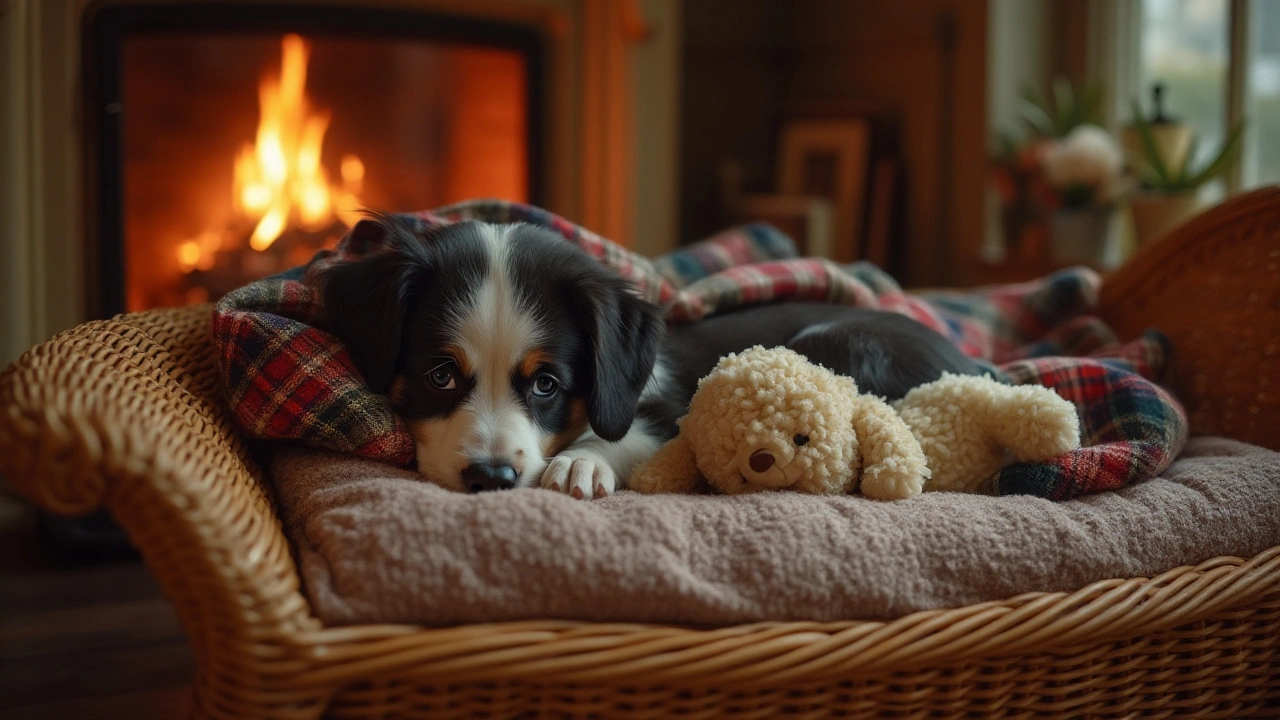Puppy Sleep Tips – Simple Ways to Get Your Pup Resting Well
When a new puppy arrives, sleep quickly becomes the biggest headache. A tired pup is a happy pup, but getting that rest right takes a few smart moves. Below are the easiest steps you can start using tonight.
Crate Covering & Bedding
Most owners wonder if they should cover the puppy’s crate at night. A light, breathable cover can make the crate feel den‑like, which many puppies instinctively love. Choose a fabric that lets air flow – a thin cotton sheet works fine. If the crate is in a noisy room, a cover also muffles sounds and reduces visual distractions.
Blankets are another common question. A soft blanket adds comfort, but it can also get tangled or become a chew toy. Lay the blanket flat, smooth out any folds, and secure it with a few clips if needed. For puppies that love to burrow, a small pillow or a folded towel under the blanket gives a cozy nest without creating a safety risk.
Keep the bedding clean. Wash the cover or blanket weekly to prevent odors and parasites. A fresh scent signals a safe space and encourages the puppy to settle down faster.
Bedtime Routine & Sleep Environment
Consistent routines are a game changer. Spend the last 15‑20 minutes before lights out on low‑key activities: a short walk, a gentle belly rub, or a quiet chew toy. Avoid high‑energy play right before bedtime; it fires up adrenaline and makes winding down harder.
Place the crate in a quiet corner, away from TV or heavy foot traffic. A night‑light can help if the puppy seems nervous in total darkness, but keep it dim so it doesn’t become a new source of stimulation.
Water is essential, but limit the bowl size at night to prevent spills. A small, spill‑proof bowl works well, and you can remove it after the first bathroom break.
If the puppy whines, wait a minute before reacting. A quick check to make sure the crate isn’t too hot or cold, and that there’s no immediate need, usually does the trick. Too many interruptions teach the pup that whining gets attention, which prolongs the night.
Finally, watch the temperature. Puppies overheat easily, so a room around 18‑20°C (65‑68°F) is ideal. If it’s chilly, a safe, low‑heat heating pad designed for pets can keep the floor warm without risk of burns.
Putting these steps together creates a calm, safe spot that your puppy will want to return to night after night. You’ll notice fewer midnight meltdowns and more solid, uninterrupted sleep – and that means more energy for training and play during the day.
- Morgan Ainsworth
- 0 Comments
Where Should a Puppy Sleep at Night? Tips for a Peaceful Snooze
Discover the best sleeping arrangements for your puppy to ensure a restful night for both of you. Learn about crate training, the benefits of a comfortable bed, and how location impacts your puppy's sleep. Explore tips to create a soothing bedtime routine that helps your pup feel secure and relaxed.
View More- Morgan Ainsworth
- 0 Comments
Best Sleeping Arrangements for Your Puppy's First Night Home
Bringing a puppy home is an exciting experience, but it also comes with important decisions, such as where your new furry friend should sleep on their first night. Creating a comfortable and secure sleeping environment is crucial for both your puppy’s well-being and the beginning of a trustful relationship. From setting up their sleeping space to establishing a nighttime routine, this article offers practical advice and expert tips on ensuring a restful night's sleep for your newest family member.
View More

